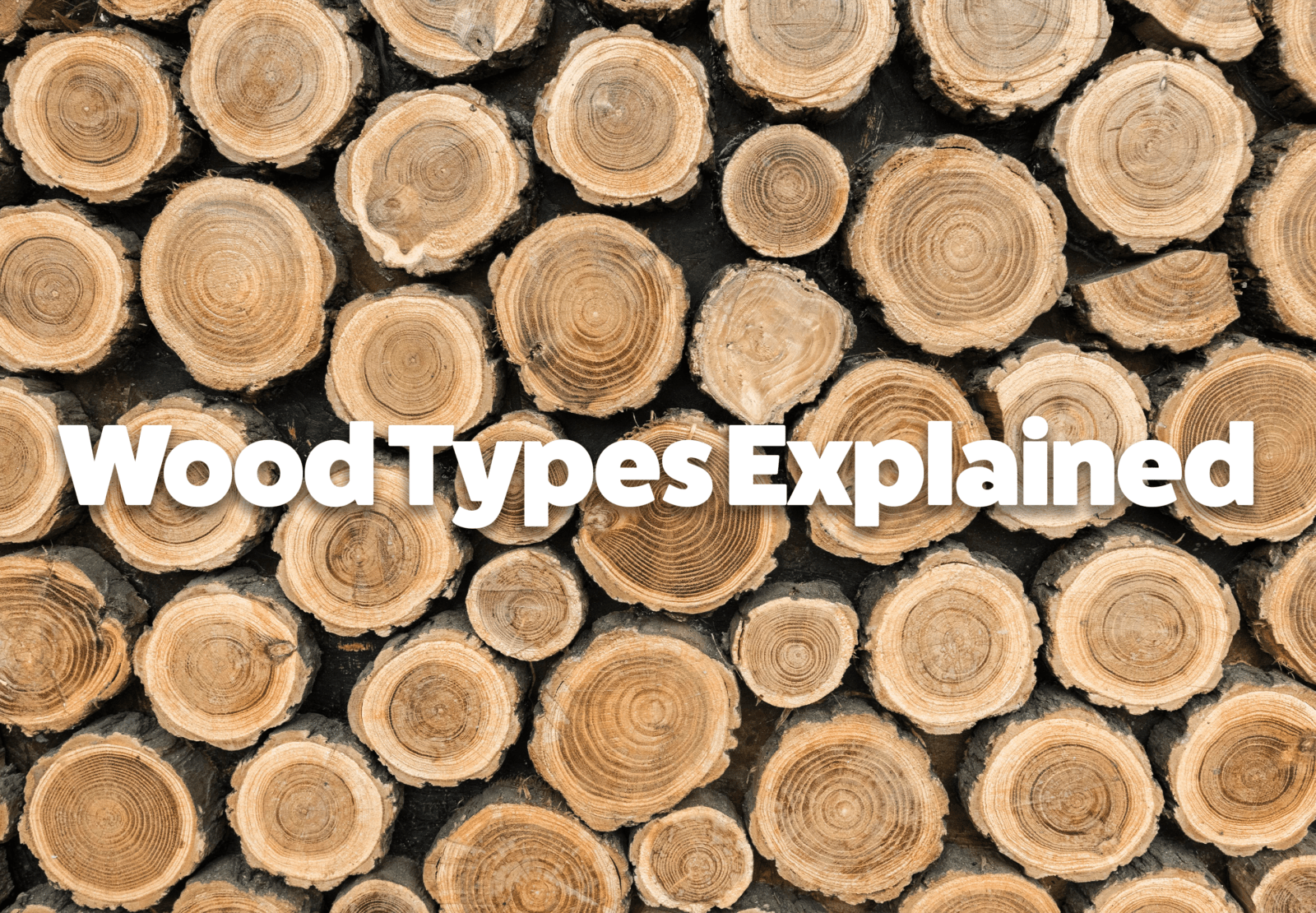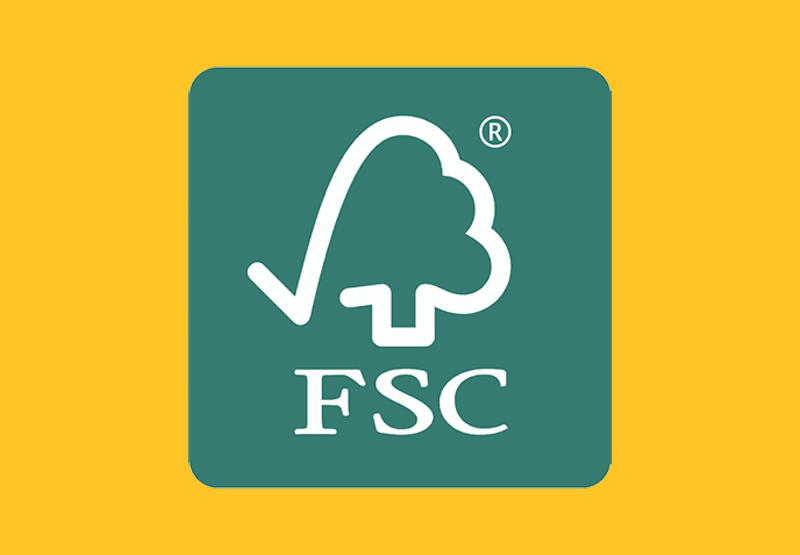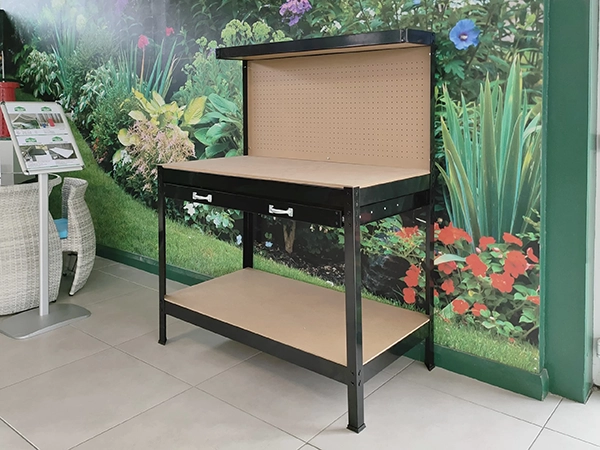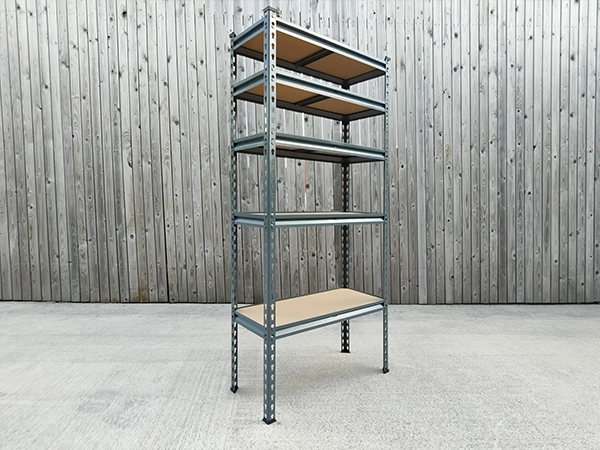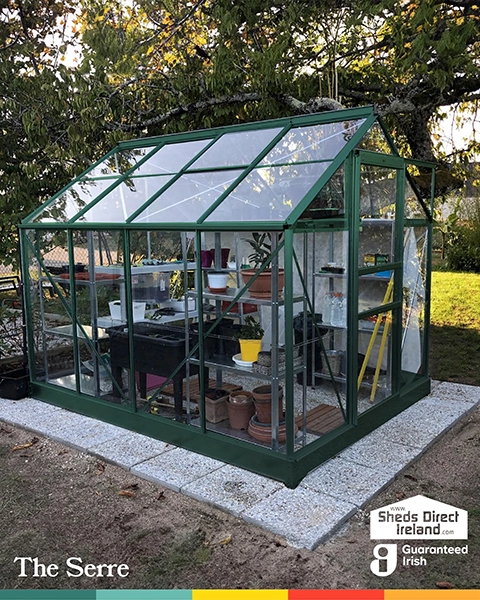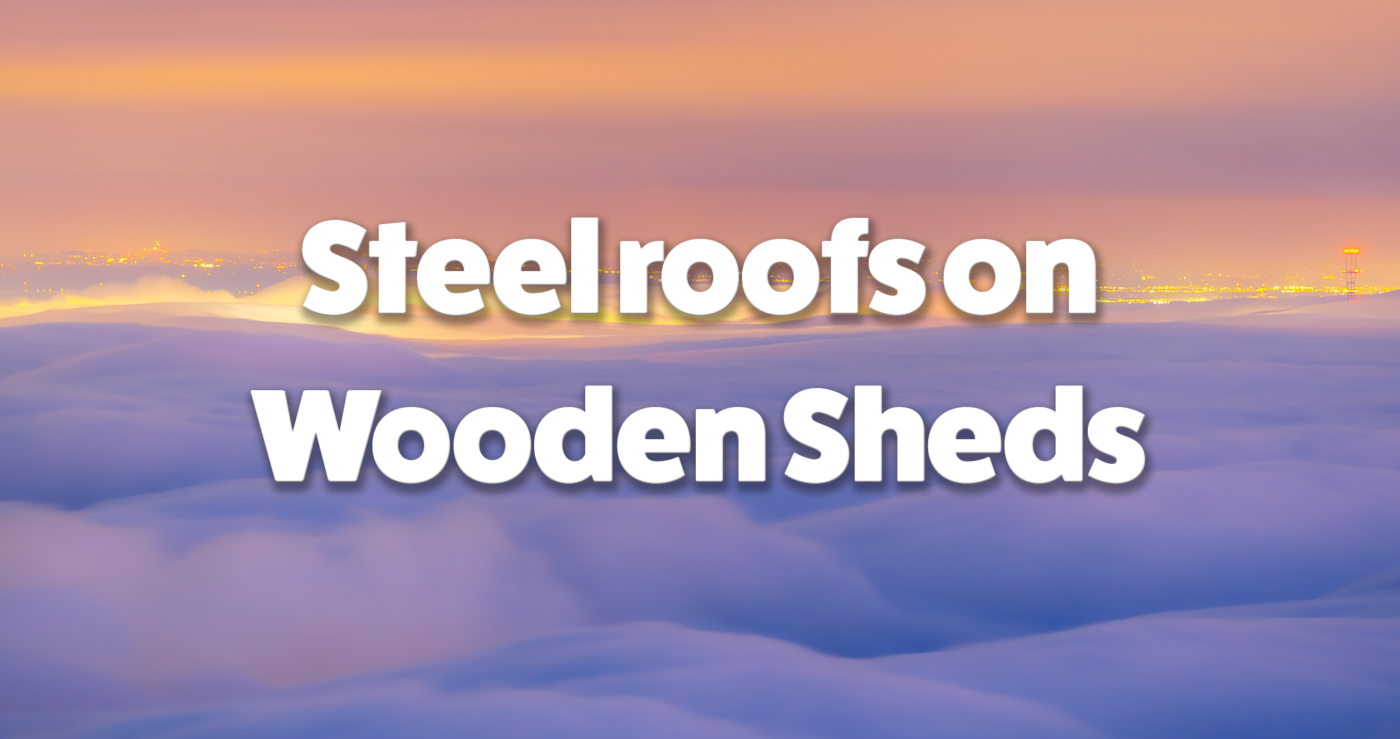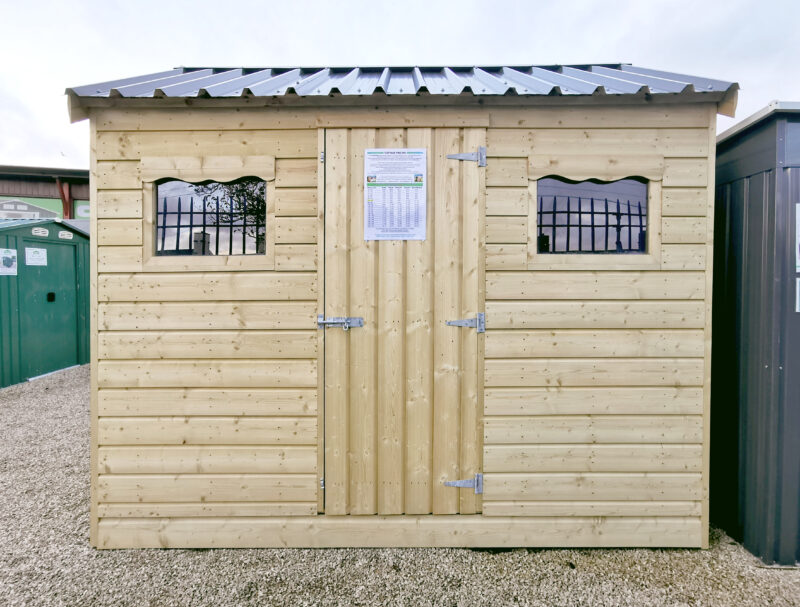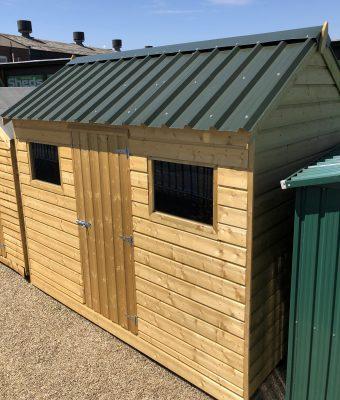Uncategorized
The Pros and Cons of getting a Steel Roof on a Wooden Shed
The Pros and Cons of getting a Steel Roof on a Wooden Shed might not be very apparent to you. Probably why you’re reading this! So, let’s just in and find out the answer to the age-old question:
Should I put a steel roof on a wooden shed?
Are you weighing up the pros and cons on whether to get a steel roof on your wooden shed? You’re not alone. Steel roofs can be an expensive addition to a wooden shed, but some will claim that it’s money well spent in the long-run. You could spend hours trying to see if it’s worth it, but there’s no need. We’re here to make it that bit easier for you, as usual.
In today’s post we’ll look at whether a Steel Roof on a Wooden Shed is as good as an investment as some people claim that it is. We’ll start with the main benefit that steel roofs offer: Longevity.
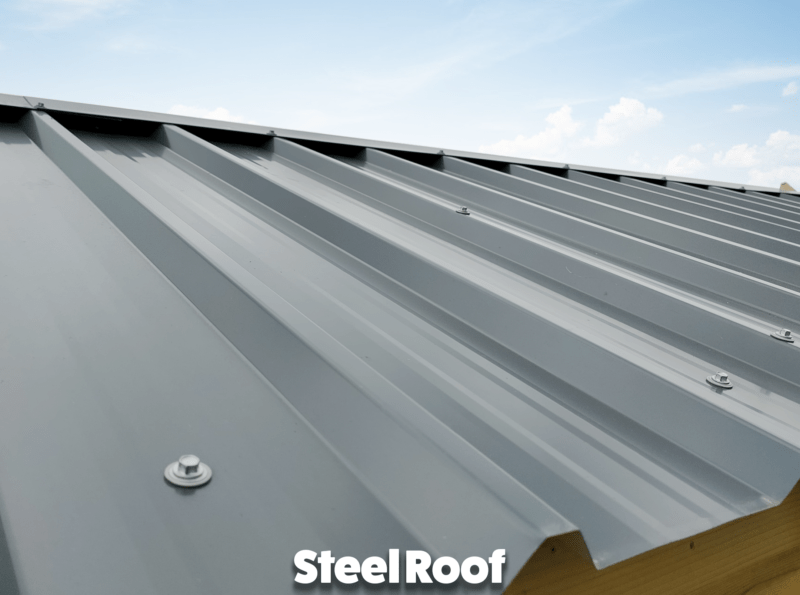
Longevity
“The first thing to go in almost any wooden shed, is the felt roof”. This is something you’ll hear in any shed showroom around the country, and it’s true. Wooden Sheds (with perhaps the exception of the thin Rustic Wood) are all made to last for donkeys-years, and pressure-treated ones last even longer. However, the felt roof is still the most vulnerable part of any shed. It’s the part that gets hit the most with rain, snow etc. It’s not as robust as the wooden planks that make up the body of the shed, either. So over a decade or two, the felt will invariably begin to break down.
The biggest benefit of installing a steel roof is it will last you bloody ages. The Steel Roofs that we offer on our Wooden Sheds are all galvanised, so they’ll last considerably longer than any mineral felt roof. Google states that Galvanised steel can last between 34-170 years. So if you’re looking for a long life span on a shed roof, a galvanised roof is clearly the way to go.
Durability
Steel roofs are as tough as a bread roll left out overnight. They can absorb all sorts of abuse from the bizarre weather that we get here in Ireland. They’ll tackle snow better than Paul O Connell on an Arctic Expedition and they can absorb winds up to 100mph with little issue. You can’t say the same about mineral felt roofs. However, this isn’t to say that Steel Roofs are invulnerable. Their kryptonite is not something drastic, but rather something consistent; being under a tree with branches that can continually scratch away at the galvanisation, for example. Provided this isn’t the case for you, your steel roof is going to act as your shed’s enforcer its lifespan.
Fire Resistance
This may not be as big as a necessity in Ireland as it is in US states or Australia, but it’s often explained that steel sheds ‘do not spark’ if stuck by lightning. I mean, chances are that it’s not going to happen, but should Thor get the hump with the Emerald Isle, at least you know the top of your shed will grand.
Noise
Steel sheds are noisier when it rains. However the bare steel isn’t flush to the wood – there is a wooden roof under the steel to add strength to the construction – and to dampen the sound of it. That said, if you’re planning on using your shed for an art studio or something like this, a steel roof will be noisier.
Condensation
Steel roofs will experience more condensation, however in most situations, the difference is minimal. If you’re using your shed for general storage, you won’t notice a difference between the two in terms of condensation.
However, if you’re putting a washing machine and/or dryer in your shed, you will get more condensation in your steel-roofed shed. If your shed has something inside that increases the internal temperature, the steel roof will become warm on the inside. During the colder months, this heated internal side and the cooler external side will react and condensation will form. The amount that forms will depend on the difference between the internal and external temperatures. Pressure treating your shed will help this (the roof of the shed will have an internal lining), but in general, we don’t recommend putting anything that creates excessive heat inside a steel-roofed shed.
Steel roof on a wooden shed: Cost
While people are surprised to learn that Steel Sheds are considerably more affordable than Wooden ones, adding a steel roof to a Wooden Shed comes at some expense. Steel Roofs are available from €200 upwards, becoming increasingly expensive as the size of the shed grows. This raises the question, ‘is the cost of the steel shed justified if I can just replace the felt roof later?’.
Unfortunately, we’ll have to sit on the fence for the answer. The cost of a steel roof might be similar or even less than the cost of replacing a felt roof down the line. So, you can either pay a one-time payment and get a Galvanised Steel Roof that’ll probably last longer than you, or you can pay less now, knowing that you’ll eventually either need to get someone to replace the felt-roof.
The steel roof means that it’s a one-and-done job. You don’t need to worry about getting someone in down the line to sort it out, which can be enough to justify it for some people. The felt roof means that you’ve more money in your wallet now. On a wholly personal aside here, I rarely encounter people in the store who are coming in to replace a wooden shed that has a steel roof; the vast majority of people replacing sheds all start off with the same line “we’ve a shed in the garden for the past x years – it owes us nothing at this stage, but the roof has fallen through and it’s falling apart now”.
If cost isn’t a factor, the steel roof is better option.
They’re literally cooler
Wooden sheds with a steel roof tend to be cooler during the Summer months. The main reason is that under the steel roof is a wooden roof. This pocket of insulation slows the movement of heat allowing your shed to have a degree or two difference during the Summer. A steel roofed shed will help you chill out a lot more, compared to your standard mineral felt roof that sucks the heat up like a straw. If you plan on spending a lot of time in your shed during the warmer months, a steel roof might be a no-brainer for you.
On the other side of the weather-spectrum, it will also keep your shed warmer during the winter month. Also, during snowfalls, steel roofs remain smooth and snowfall will simply slide off once it begins to thaw, rather than abrasively drag down the side of a felt roof. We don’t get a whole lot of snow here in Ireland, but when we do, it won’t affect your shed’s health if you have a steel roof.
The final word
Steel roofs are offered as an option for our Wooden Shed as they’re just that – optional. You can get a wooden shed with a felt roof and it’ll be perfectly serviceable for years to come. Steel roofs offer additional longevity, a controlled temperature and weather resistance – but at an upfront financial cost. We cannot offer a Steel Roof after a shed has been installed, so it’s something to make sure you get right at the time of order.
At the end of it all though, the choice comes down to what you want, as well as what you might need. Hopefully our guide above has helped steer you in the right direction. If you’re still unsure call us at 01 864 4247 or message us on Facebook and we might be able to help more in person.
If you’re looking for more information about sheds, and you’re wondering what the difference is between steel and wood sheds in general, make sure to give this a read. Steel Sheds Vs Wooden Sheds: Which is best?



